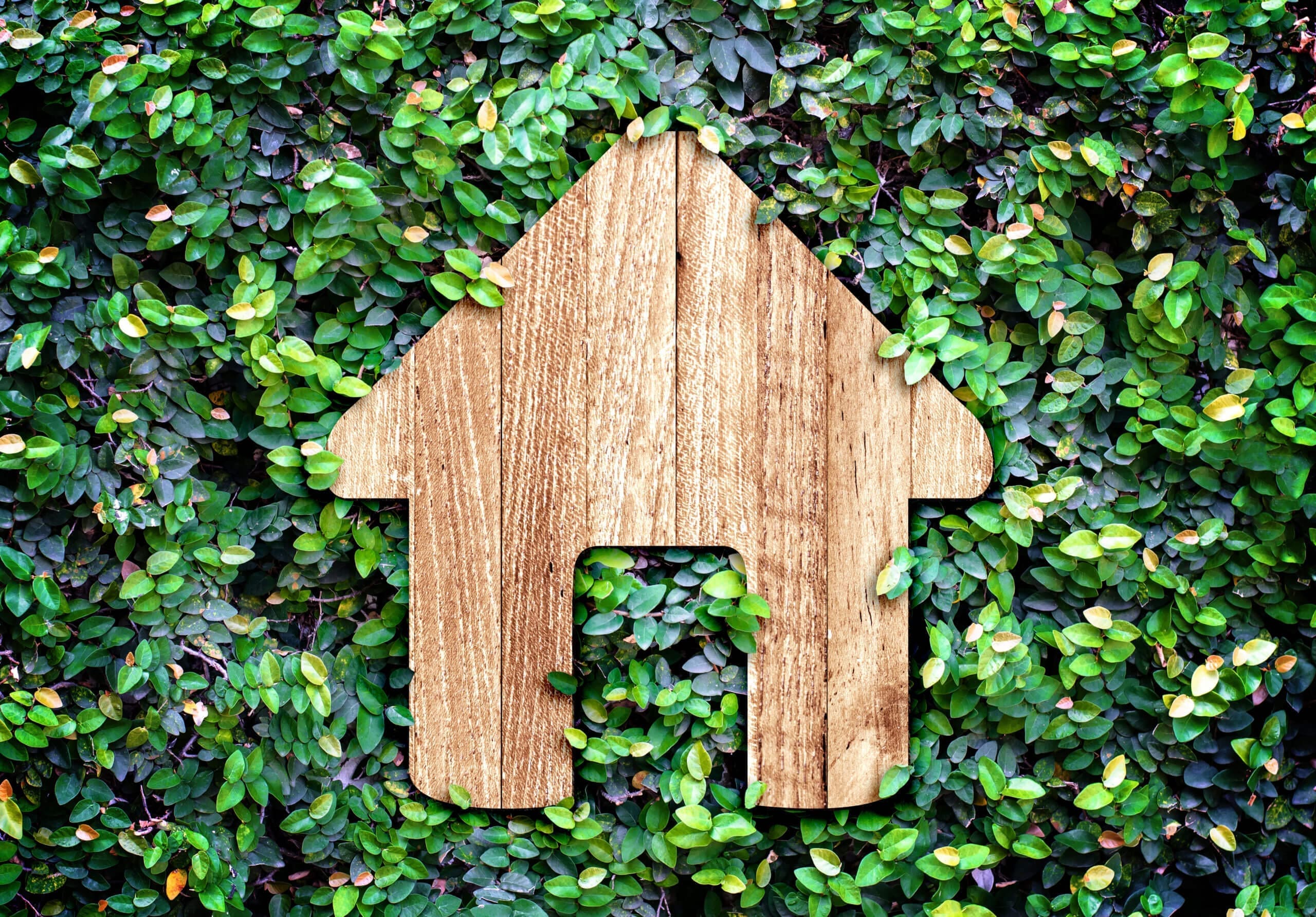Everyone deserves to breathe clean air. Sadly, there are a multitude of sources that contribute to poor indoor air quality. Perhaps some of the lesser-known causes of air pollution are underground sources. As in, quite literally, the uncontrollable below-ground factors that contribute to air pollution. To better understand underground air pollutants and the solutions available, keep reading.
Common Underground Air Pollutants
Underground air pollutants are a category within outdoor sources. Outdoor sources are difficult to control on the whole, because they are often beyond individual control. A home or space’s exposure level to underground pollutants will depend on radon and chemical levels in the area, climate and temperature factors and other issues dependent on the space’s exact location. When it comes down to it, the soil on one street can have slight variations from soil on another nearby street. This means that while there are common identifiable underground air pollutants, solutions must be focused on the indoor space itself.
Radon
Deep beneath the ground, radon lurks. Indoor radon pollution occurs when radon seeps inside from uranium decay found in rock, soil and water. As uranium erodes, it releases the radioactive gas. Such gas is odorless and colorless, making it impossible to detect with the naked eye or based on smell alone. Radon is an incredibly dangerous material and a known carcinogen with links to high lung cancer risks.
Radon enters the home through cracks in floors, concrete walls, sumps or water tanks and floor drains. It can also enter the home by way of well water or building materials. Radon levels are entirely dependent on localized regional levels as well as specific soil composite. When radon accumulates indoors and becomes trapped, there is a danger of occupant radon exposure. No home is immune to radon risks because it is a gas prevalent in all soil. Whether your home is drafty or well-sealed, a new or old build, with or without a basement—it is still susceptible to a radon problem.
The one positive? With the right tools or by deferring to experts, radon is an easy underground air pollutant to detect and eliminate. There are at-home radon test kits available that meet EPA requirements. Or, consider consulting an IAQ professional and having a full indoor air quality assessment done for your home. Hiring an experienced HVAC contractor is better when it comes to radon because they can assist and help make informed recommendations based on your home.
Pesticides
Radon is far from the only underground source of air pollution. Pesticides are also a common pollutant. Harmful pesticide particles can enter the home through contaminated outdoor dust and air. Pesticide exposure also happens indoors. In fact, 75% of American households used at least one pesticide product indoors within the last year.
One of the easier solutions is to use non-chemical pest control methods instead. Or, at least, limit toxic control options whenever possible. If you hire a pest control company, make sure to get a full home inspection, and an evaluation that lists the planned chemicals. After any pesticide use, ventilate the area well. Depending on the products used, windows and doors will need to remain open for a number of hours. Always safely dispose of any unwanted or old pesticide products.

Underground Storage Leakage
A final major underground pollutant source is underground storage tanks. Such tanks pollute the air when they leak and the chemicals seep out of the container. Significant pollution can happen in the rare event that a leak occurs. An example? An underground fuel tank leaking into the surrounding soil, groundwater and air. Contamination can spread through man-made or natural pathways and diffuse throughout the air. Hazardous concentrations of methane, petroleum vapors and other gases can cause adverse health effects. This happens from both inhalation and water exposure to these toxic chemicals.
Preventing and containing such problems are not something the average homeowner or business owner can control. Rather, we must look at overall air quality solutions to combat otherwise unmanageable underground pollutants. Better understanding these sources is the first step.
Breathe Easy
Now that you know the common underground air pollutants, it should be easier to make HVAC and IAQ upgrade decisions to breathe cleaner air in your space. Although the sources listed above are hazardous and certainly nothing to mess with, they can be reduced by utilizing indoor air quality solutions.
The best HVAC upgrade for your home will depend on location, the size of the home and the specific type of foundation (slab, crawlspace, etc.). It’s important to defer to experts to find the ideal solution to combat the risk of underground air pollutants. You can discuss with IAQ technicians the benefits of a whole-home ventilation system or a whole-home purification system to improve the air quality in your living space.
And—by allowing a technician to evaluate the space, they can look for all potential sources of poor air quality! To learn more about how you can improve your air quality, contact us today.



